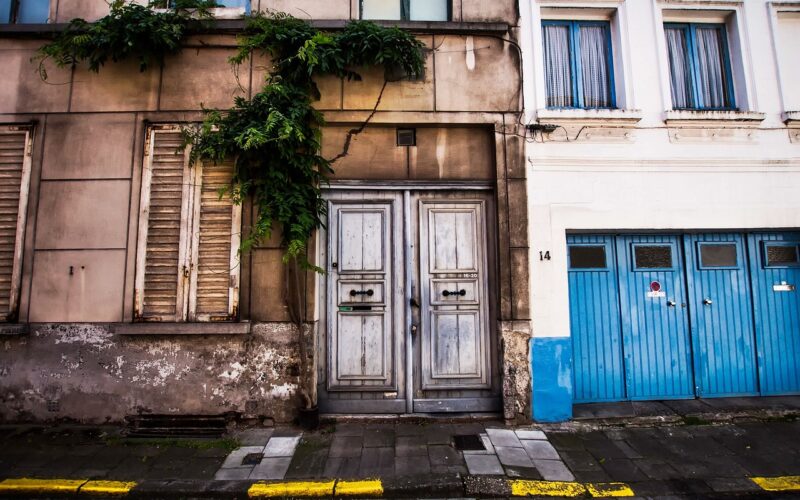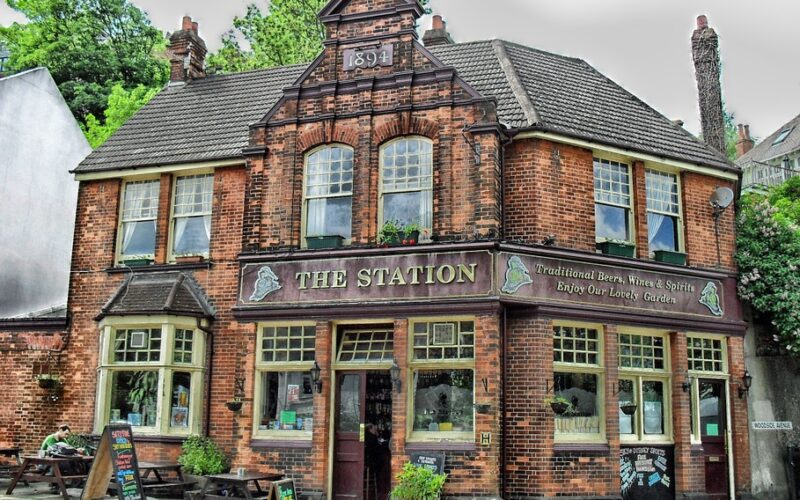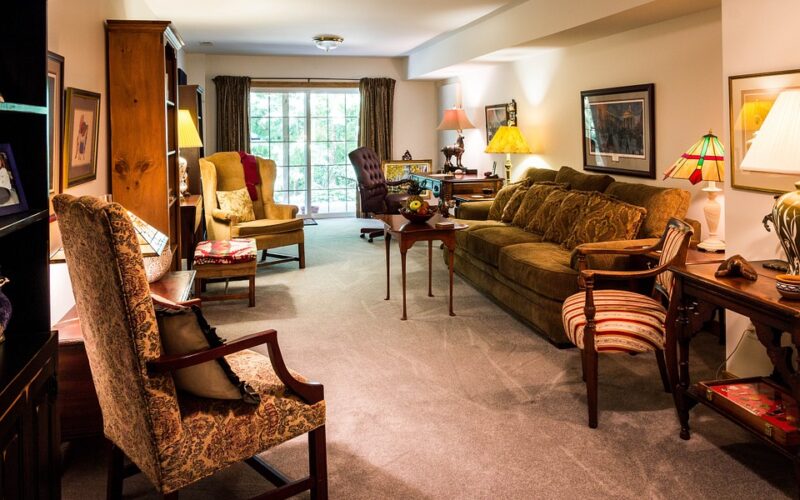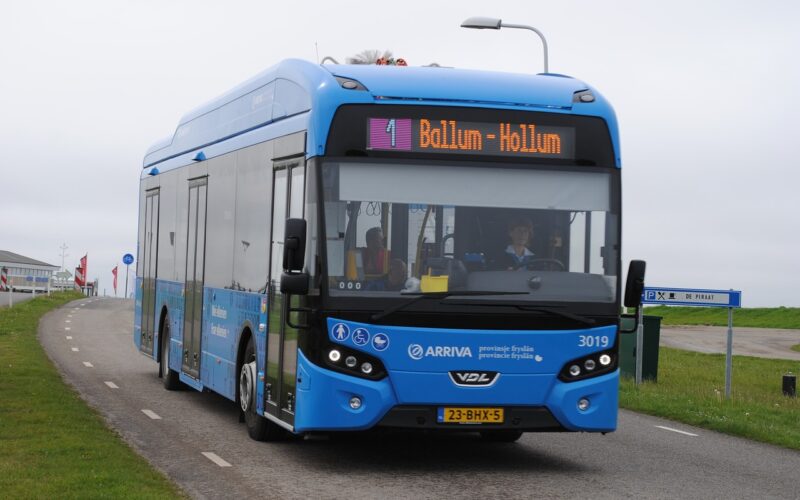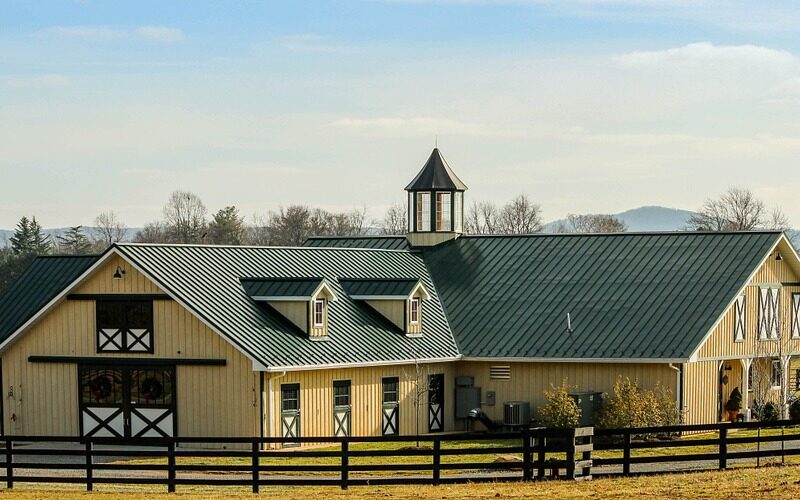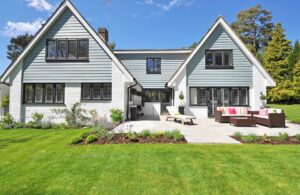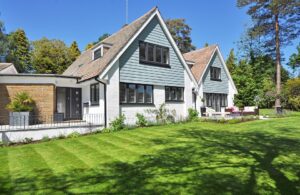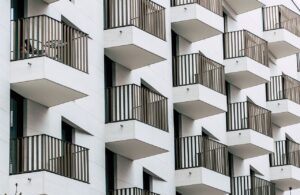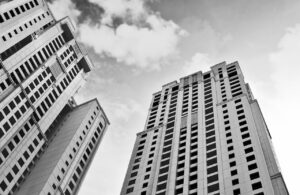One of the most controversial topics in urban studies today is gentrification. Simply put, gentrification is the process by which a low-income neighbourhood is gradually taken over by wealthier people. This often leads to the displacement of the original residents, as well as an increase in property values and rents. While some see gentrification as a positive force of regeneration, others view it as a form of cultural imperialism that destroys the fabric of a neighbourhood. Whatever one's opinion on the matter, there is no denying that gentrification is a complex phenomenon with far-reaching consequences. To understand it, we must first take a closer look at its causes and effects.
Causes of gentrification
One of the primary forces driving gentrification is the increased demand for housing in city centres. As more and more people flock to urban areas in search of jobs and opportunities, the competition for limited housing stock becomes increasingly fierce. This inevitably leads to higher rents and property values, pricing out lower-income residents who can no longer afford to live in their neighbourhoods.
Another key factor is the role of government policies and incentives. Often, government investment in infrastructure and public space can act as a catalyst for gentrification, attracting new businesses and residents to an area. Lastly, we must not forget the role of developers and real estate speculators, who are often quick to snap up properties in gentrifying neighbourhoods, betting on future increases in value.
Benefits of regeneration
One of the most significant benefits is increased investment in the neighbourhood. This can lead to improved public services, such as better schools and more parks, as well as increased economic opportunities.
Additionally, gentrification can lead to an increase in property values, which can benefit both homeowners and renters. Finally, gentrification can create a sense of community and pride in the neighbourhood, improving its overall quality of life. While there are certainly some challenges that come with gentrification, its potential benefits make it worth considering for any community looking to revitalize itself.
Downsides to progress
While gentrification can lead to improved property values and a reduction in crime rates, it can also have negative consequences such as higher rents and property values, displacement of longtime residents, and changes in the character of the neighbourhood. For example, long-time residents may be priced out of their homes, new businesses may cater to a more affluent clientele, and the overall atmosphere of the neighbourhood may change. Gentrification can therefore be a double-edged sword, bringing both benefits and drawbacks to a community.
Striking a balance
To maximize the benefits and minimize the downsides of gentrification, it's important to be aware of what's happening in your community and get involved in discussions about how to make sure everyone benefits from the redevelopment.
Some steps that can be taken to ensure that everyone benefits from gentrification include providing affordable housing options for low to moderate-income residents, investing in small businesses, and creating community benefits agreements that outline the commitments of developers to the community. By taking these steps, communities can make sure that they are getting the most out of redevelopment while also ensuring that everyone has a place in the new community.
